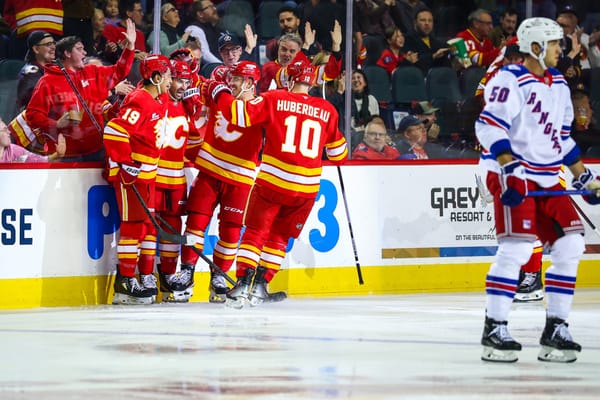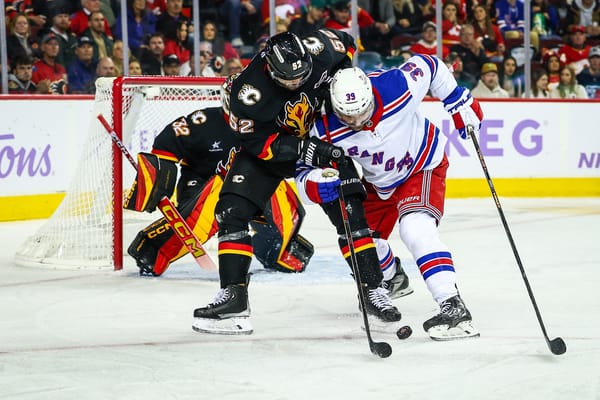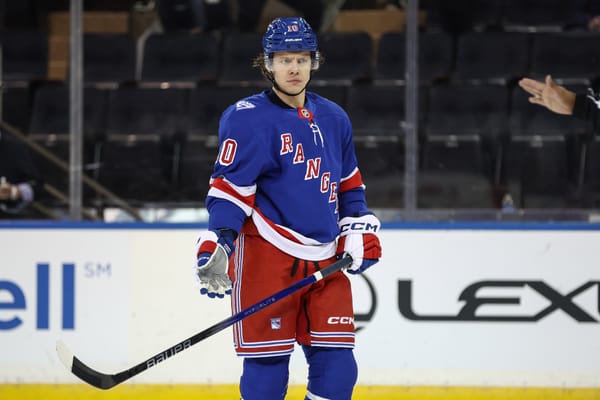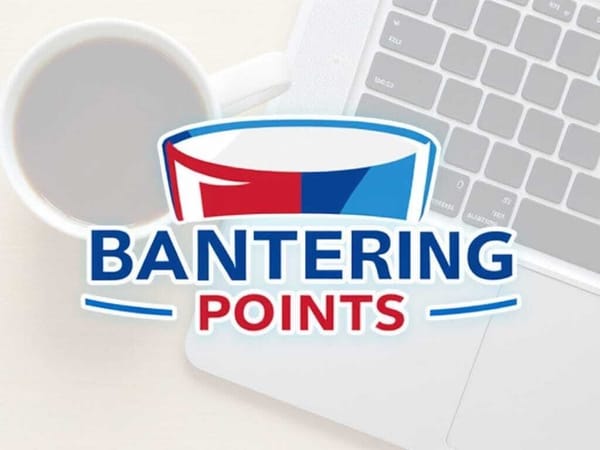2017 Rangers Report Card: Jeff Gorton
A five-game playoff elimination is disheartening for any team, and the New York Rangers felt that loss when they fell to the Pittsburgh Penguins in the quarterfinals last year. The Rangers craved change after their elimination and the onus was on general manager Jeff Gorton to remedy it.
That offseason, and all through this past season, he made changes to this roster an effort to better their chances in front of their generational talent in net, Henrik Lundqvist – the question is whether he did that adequately.
Here’s the thing, a player signing or trade has to be judged on whether it fulfilled their need at the time of the acquisition – not in hindsight. Take Keith Yandle two seasons ago, did he fulfill their needs? Was he what the team was looking for, before ever stepping foot on the ice in a Rangers’ sweater? The answer is a clear, concise yes. How he actually played in New York has to be judged separately. There’s an inherent risk to any player acquisition, because there’s no guarantee even the best players will excel elsewhere – like Eric Staal with the Rangers. With that in mind, we can go through what Gorton did for the Rangers over the last year, leading up to the 2017 offseason.
This was Gorton’s first full offseason as the Rangers’ general manager, so this was his best chance to separate himself from their last general manager, Glen Sather.
Gorton traded an integral part of this team to the Ottawa Senators last offseason: Derick Brassard and a 2018 seventh-round pick for Mika Zibanejad and a 2018 second-round pick. As key of a piece as Brassard became to the Rangers, Zibanejad brings similar production, a better all-around game, a lower cap hit ($2.625 million versus $5 million), and he’s younger. This trade was not only important to their win-now mentality, but to their future as well.
The Rangers also had a few players that needed contract extensions, including J.T. Miller, Kevin Hayes, Chris Kreider, and Antti Raanta. Miller (two years, $2.75 million AAV) and Hayes (two years, $2.6 million AAV) each signed similar bridge-deals. Those deals were short-sighted though and will prove costly when they expire at the conclusion of the 2017-18 season; overall both were too reminiscent of the Sather era.
Kreider’s deal however, was favorable for the team. His four year contract carries a cap hit of $4.625 million and is extremely reasonable for a player that fits the archetype of a first-line winger.
Antti Raanta was signed to a two year, $2 million contract – a low-risk deal that would be easy to move at the end of the season like Cam Talbot’s was in 2015.
The Rangers’ deadline acquisitions from the last two seasons also would become unrestricted free agents on July 1. Eric Staal, who they traded for at the 2016 deadline at such a steep cost, didn’t thrive as hoped and didn’t fit their needs for the 2016-17 season – so they parted ways at free agency. While that was the right move, the handling of their deadline acquisition the season prior wasn’t as wise – as they traded Keith Yandle’s rights to the Florida Panthers for a 2017 fourth-round pick. Yandle did fit their needs and played well in his time in New York, even though he wasn’t given the best opportunity to shine. Recouping some sort of assets softened the blow, but he was still a player that would have improved their blue line more than some of their current options did.
Losing Yandle only diminished the already weak blue line in New York, so it was imperative Gorton fixed that. His efforts included signing Adam Clendening to a one-year contract and acquiring Nick Holden from the Colorado Avalanche. Both were fine acquisitions and Gorton isn’t at fault for how they were incorrectly utilized – however, he is at fault for not addressing the issues of the cap-consuming contracts of Marc Staal and Dan Girardi.
As for the offense, Gorton could have made a splash like Sather would have with big-name players. Instead, he found depth players to compliment their core. While Viktor Stalberg and Dominic Moore walked during free agency and could have easily been re-signed, they found help elsewhere in the signings of Michael Grabner, Nathan Gerbe, Josh Jooris, and Brandon Pirri.
Gerbe was cut before the season started and Jooris was waived in December – but both were low-risk players that fit the mold for what they needed at the time of their signings. Pirri and Grabner also were smart signings. While Pirri could have been used in a better role, no one could have predicted how strong Grabner would have performed – even if he had played closer to expectations, it still would have been a solid signing for the Rangers.
Along with those free agents, Gorton also signed draft-pick Pavel Buchnevich to his entry-level deal. His contract includes a European Out Clause which keeps pressure on the Rangers to ensure this dynamic forward stays in the lineup.
Also, he managed to sign Jimmy Vesey who became a free agent once his draft rights expired. Many teams were vying for Vesey and he chose to play in New York – giving the Rangers at top-six forward at the low-cost of an entry-level contract.
A few more transactions came during the regular season. Dylan Mcllrath was traded for Steven Kampfer for a 2018 seventh-round pick; and Matt Puempel was claimed off waivers from the Senators.
A major test came for Gorton at the trade deadline – they clearly needed a defenseman for the playoffs and it was up for him to find one. Kevin Shattenkirk was available, but the price was steep. Gorton decided to wait for free agency to try to bring Shattenkirk to New York because of the high asking price. Instead, he pursued Brendan Smith in exchange for a 2018 second-round pick and 2017 third-round pick. Smith fit their needs at the time of the trade, and proved himself to be a great addition once he stepped on the ice as a member of the Blueshirts.
Gorton made a number of positive moves during the 2016 offseason and regular season, but didn’t address some of their most glaring flaws. He clearly recognized there were issues with their defense though, as he made conscious efforts even after acquiring Smith to rebuild the Hartford Wolfpack with a focus on defenders. However, this was something that should have been remedied during the 2016 offseason, since their defensive issues were so clear then too.
Other missteps included the bridge-deals of Miller and Hayes. Also, he gave his coach far too long of a leash – something that he exacerbated by recalling Tanner Glass in March. While Vigneault and Gorton met during the postseason to discuss lineup decisions, they still followed the coach’s flawed concepts; Gorton either agreed with Vigneault’s choices, did not see any issue with his choices, or simply had no affect on his coach’s choices – all of which are concerning.
Luckily, we know Gorton’s taken strides so far this offseason by revamping this team with a much-needed rebuild on the fly.
Therefore, based solely on what was done between the 2016 offseason through conclusion of the 2017 playoffs, Gorton earned an overall grade of a B.




